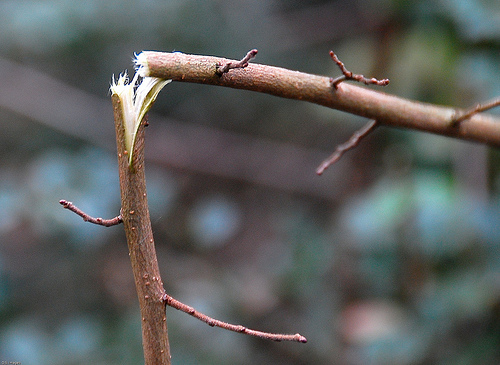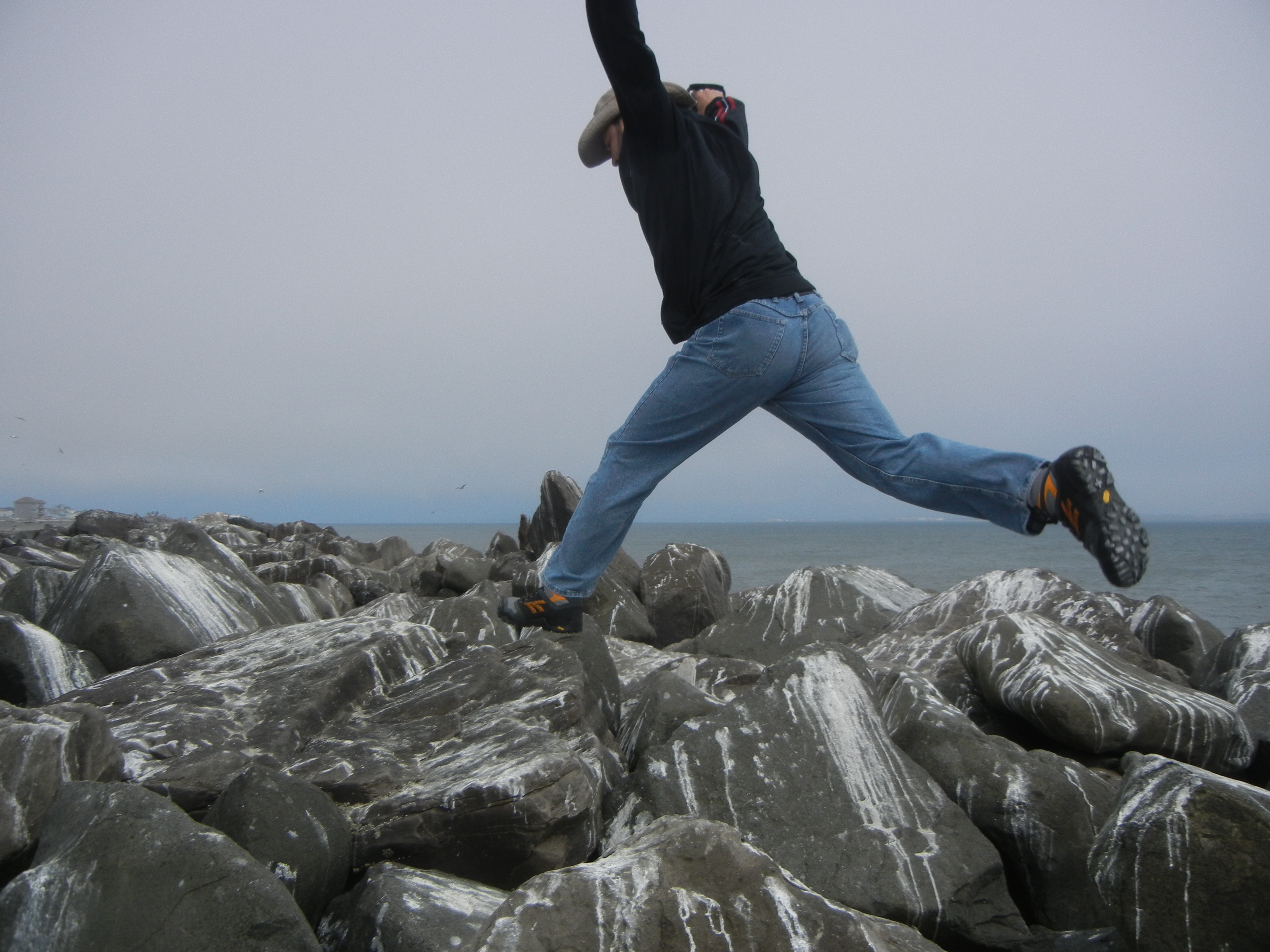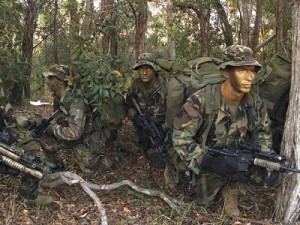In the event you have managed to escape your captivity and gotten away from your pursuers, you want to make sure they don’t find you. If you are hiding and trying to avoid being caught, there’s some techniques that can help make it harder for people to find you. You want to make sure not to leave any trace that they might be able to track you with.
Avoid Water/Mud

If you are running from someone, you want to avoid leaving footprints as much as possible. Puddles of water or mud are the easiest ways to leave footprints. Similarly, if you bump into a dewy bush or swipe your hand across something covered in water like a car or wall, you leave a mark that can help people figure out which direction you went.
Don’t Break/Disturb Things

If you break a tree branch or tread down tall grass it can be very easy to follow you. In a city environment, knocking things over or attracting attention by running into people can help people figure out where you went as well. If you run into someone then run off, usually that person and the people around them will watch the direction you ran off in and start talking about what just happened. Someone following you could ask questions or just listen and determine your direction. Similarly in nature, broken branches, twigs, grasses stomped down, or birds being disturbed from their nests can help people determine your general direction really easily
Rock to Rock

This goes back into avoiding leaving footprints. You can often slow down or lose trackers in rocky areas, even gravel or skree fields. Rocks don’t hold tracks unless you end up moving them or didn’t avoid water and mud like we said above. Hopping from rock to rock and boulder to boulder is a great way to leave less tracks than you already were.
Jumping Off or Backtracking

Used by military units where a few members of the group jump clear of a trail to circle round and ambush a pursuer. Less useful alone as a tracker will quickly pick up your new trail once your own trail ends suddenly. Also jumping clear can risk injury to ankles etc. Backtracking is literally walking backwards in your own footprints and can be useful when combined with other techniques. The problem is when you walk backwards your stride is shorter and your feet further apart which can alert a good tracker. Your prints will also become more well defined and deeper as they will have been trod in twice with earth displaced towards the heal rather than towards the toe as is normal. It is best to do this near a stream or rocks where tracks are becoming harder to follow that way a tracker might not immediately notice when your trail stops, buying you further time to get away, then once back 10 or 15 paces jump off or enter the stream possibly crossing it far back from where your trails stops.
What If They Use Dogs?

Dogs bring in a particular challenge to avoid detection. People don’t hear, see, or smell nearly as well as a dog does, so their search efforts can be easier to avoid. There are a few things you can do that could shake a dog off your trail, but it takes effort. The first thing is fitness, dogs are quicker than humans on short distances, but if you can cover distance faster and longer than they can, you can wear out the dog and their handlers. This is why we emphasize regularly hiking and running to make sure you can move quickly in rough terrain.
Some people say that you can use pepper spray to throw a dog off your scent. This isn’t actually true, because a dog’s nose is so good that they can pick you up again. However, it could give you 2-5 minutes or so of lead time to make some distance between you and them. That said, if a dog runs up on you, especially with their trainer, pepper spray can disable the dog in attack mode, potentially allowing you to escape. We recommend carring bear spray, because if it will stop a bear, it will stop a dog.
Crossing a body of water like a river, actually doesn’t lose a dog either. The water dripping off of you actually carries your scent and makes it easier for dogs to pick you up again. That being said, if you enter a river and swim/float down it for a while this could help you evade. A couple of hours of floating could take you miles down river and the dogs and handlers have to cover all the shore between you and where you got out for them to find you. They also don’t know which side of the river you get out on and have to search both banks to try to locate you, so it does help a little if you don’t go straight across.
Mythbusters tried to escape a dog and found that the only really good way to evade a dog is more of an urban trick, which is going into highly populated areas. The increase of the smells, distractions, noises can help cover your scent and mess things up, but in general trained tracking dogs are so good they are pretty hard to escape from.

